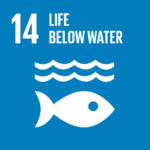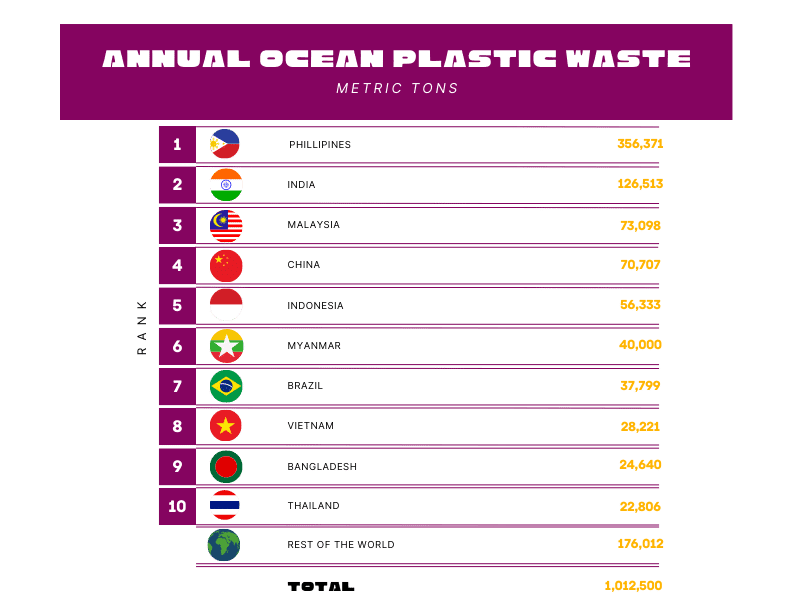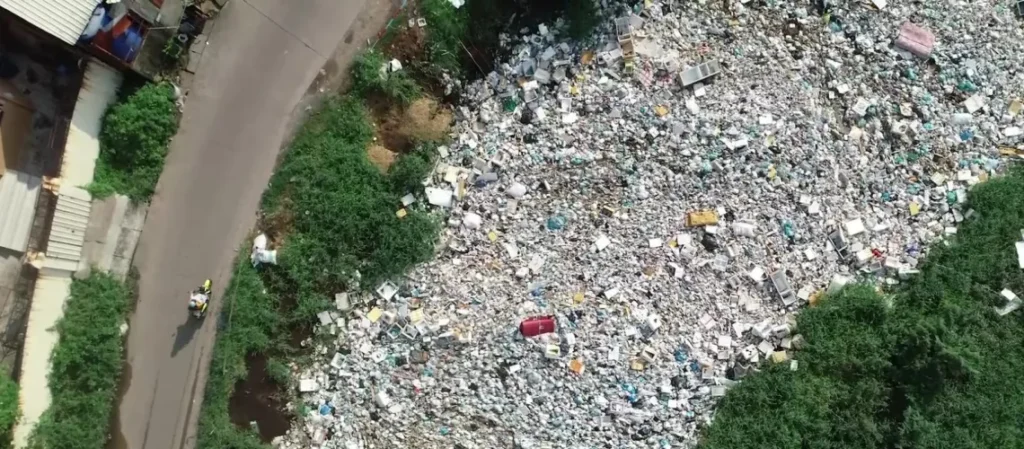Check out the top 10 countries emitting plastic pollutants in the waters surrounding them.
Did you know that plastic waste has created a vortex of waste in the Pacific Ocean that’s three times the size of France? As much as we try to recycle, incinerate, or discard plastic waste into landfills, a significant amount of plastic still ends up in our oceans. But which countries are the main culprits?
RELEVANT SUSTAINABLE GOALS



Ocean Plastic Waste By Country
In this eye-opening article, Freny Fernandes and Louis Lugas Wicaksono use research by Lourens J.J. Meijer and team to highlight the top 10 countries that contribute to ocean plastic pollution. He also delves into how plastic waste reaches the oceans, which countries are more likely to pollute their waters, and the impact of damaged fishing nets.
Plastic waste finds its way into the ocean in a number of ways. One of the main sources of pollution is litter found in parks, beaches, and streets that gets carried into rivers and eventually makes its way to the ocean through wind and rainwater runoff. In fact, rivers can become like superhighways for plastic waste. Additionally, the high seas receive a significant amount of plastic from damaged fishing nets or ghost nets that are discarded into the water.

Inadequate waste management
Contrary to popular belief, the countries that produce or consume the most plastic are not necessarily the biggest contributors to ocean pollution. Recent studies show that smaller countries with longer coastlines, high rainfall, and poor waste management systems are more likely to pollute the oceans with plastic waste. For instance, although China generates 10 times more plastic waste than Malaysia, only 0.6% of China’s total plastic waste ends up in the ocean, compared to Malaysia’s estimated 9%. These findings highlight the urgent need for better waste management systems worldwide to reduce plastic pollution in our oceans.

To achieve a plastic-free ocean, the primary and most apparent solution is to decrease plastic usage, which would result in less waste production. The second step involves managing the plastic waste generated, which is a challenging task. Despite high-income countries producing large amounts of plastic waste, they are more proficient at processing it or exporting it to other nations. Conversely, many middle-income and low-income countries that both demand plastics and receive substantial exports have not yet established the necessary infrastructure to manage it.
Turning The Tides Around
To safeguard our oceans, there are several measures we can adopt to decrease the overall amount of plastic waste in the ocean. Here are six suggestions to consider:
1. MINIMIZE THE USE OF SINGLE-USE PLASTICS
The most effective and straightforward approach to reduce plastic waste in the ocean is by limiting the use of single-use plastics. Single-use plastics encompass plastic bags, water bottles, straws, cups, utensils, dry cleaning bags, take-out containers, and any other disposable plastic items.
Here are some ways to reduce the use of single-use plastics:
- Avoid using any single-use plastics that are not necessary. For example, if you’re taking out food to eat at home, you can request the restaurant not to include plastic utensils since you can use your own reusable utensils at home.
- Opt for reusable grocery bags, produce bags, bottles, utensils, coffee cups, and dry cleaning garment bags whenever feasible.
2. SUPPORT SOCIAL-IMPACT ORGANIZATIONS THAT PROTECT OUR OCEANS
Social-impact organizations such as Sungai Watch, River Warrior, Seven Clean Seas require your support! they strive to take action and educate the public on reducing plastic usage and waste. You can support them by donating, telling your friends about their impact, or volunteering. Every contribution, big or small, can make a significant difference!
3. AVOID USING PRODUCTS CONTAINING MICROBEADS
In recent years, tiny plastic particles known as “microbeads” have emerged as a significant source of ocean plastic pollution. These microbeads can be found in some toothpastes, face scrubs, and body washes, and can easily enter our oceans and waterways through sewage systems, harming a vast range of marine species. To prevent this, check the ingredient labels of your cosmetic products for “polyethylene” and “polypropylene,” and avoid products that contain these plastic microbeads.
4. PUT PRESSURE ON MANUFACTURERS AND POLICY MAKERS
Though we can make a difference through our own habits, corporations and policymakers obviously have a much bigger footprint. If you believe a company could be smarter about its packaging, make your voice heard. Write a letter, send a tweet, or hit them where it really hurts: Give your money to a more sustainable competitor.
5. SPREAD THE GOOD WORD
Stay informed on issues related to plastic pollution in the ocean or plastic waste in the ocean and help make others aware of the problem. Tell your friends and family about how they can be part of the solution and support social-impact organizations that protect our oceans.
You may also be interested in :
Latest Research: Microplastics Deposited on The Seafloor Triple In 20 Years



